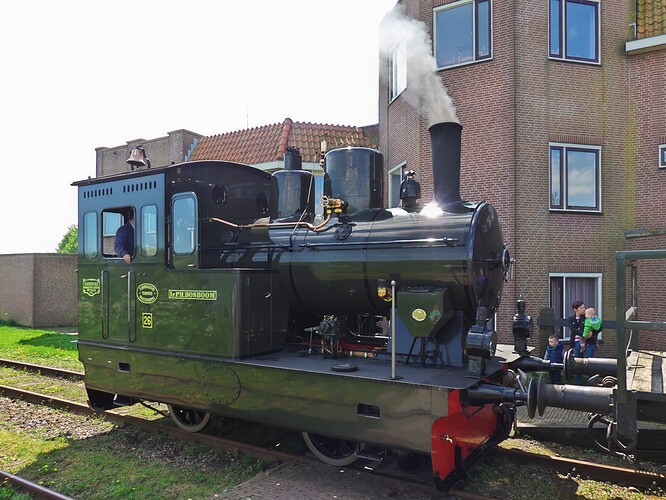I agree. My “problem” is that I have flattened one minute of exposure (30 seconds worth) into a single frame.
Yes, the areas above the ground at the left was illuminated by a glowing gold-colored “cloud”, but that started to dissipate as soon as the rocket got above it. As the rocket kept climbing, the area directly behind it exposed my film/sensor to the bright light of the flame, which diminished as the rocket got higher, and further away from my camera.
It’s like the old railroad photos, where a fellow went to a railroad yard late at night, set up a camera with the shutter open, and walked around firing flash bulbs lighting up (painting with light) the various things he wanted in the photo. The end result was beautiful, with everything he wanted in the photo lit up well enough to see the details, but this was after a very long exposure as he selectively lit up the parts of the image .
So, should I have done what I did, capturing each part of the launch as it was burned into my sensor? Should I have taken a video, and combined all the frames selectively? I now realize that at no point did my photo represent what I saw at the same time. When the ground illumination, reflecting off the clouds, showed up, there was no rocket trail (yet), and by the time the rocket got up on the trail, the ground areas were dark again.
So, is there a better way for me to photograph this? Should the color balance be biased towards the beginning, or end, of the launch - or just left open to capture the launch as I did?
It started below the tree line, and lit up the whole scene from left to right. The camera image shows that correctly. The brightest part of the “gold explosion” was from ground level, well below the tree line. It started small, and got brighter and brighter. Once the rocket appeared, I concentrated on that, ignoring the bottom of the image. Again, what the camera captured matches what I saw, but over a full minute, and all the “bright” spots vanished slowly as the rocket got higher. A snapshot would not have shown the trail at all, just the rocket, with the flame behind it. But I think that would be a boring photo…
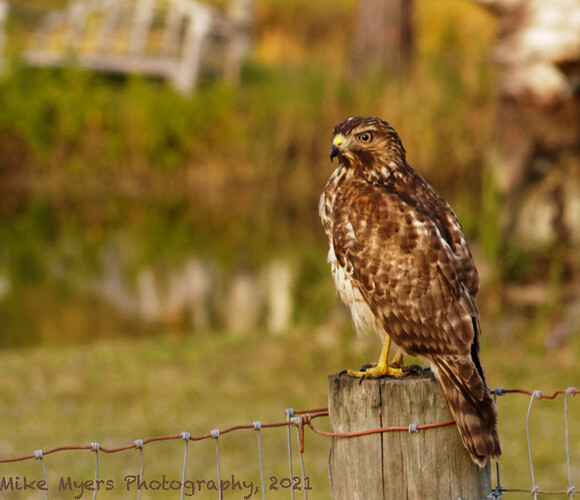
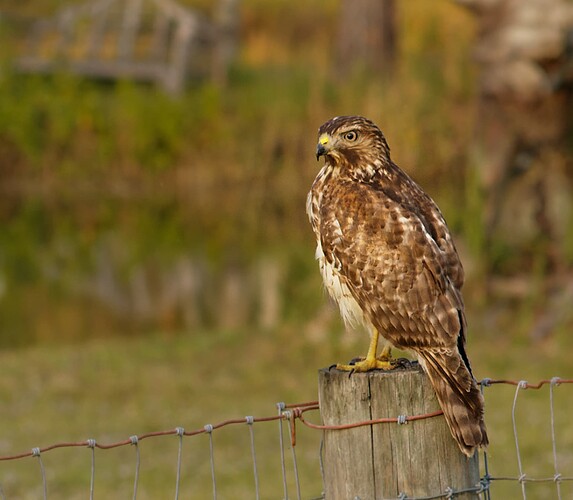

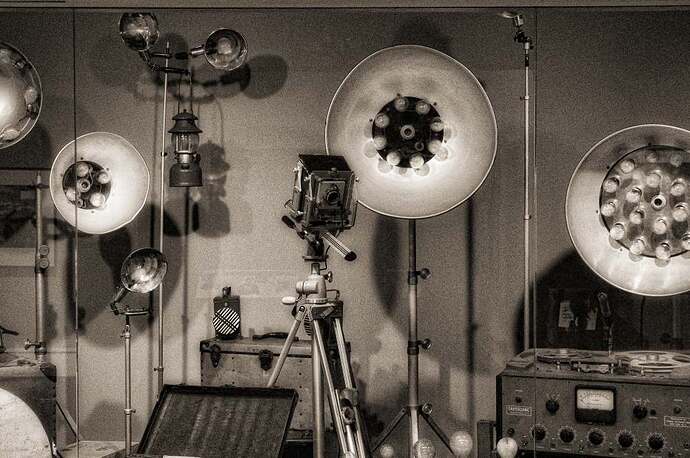
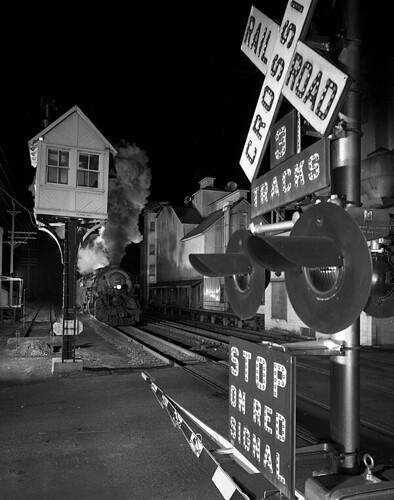
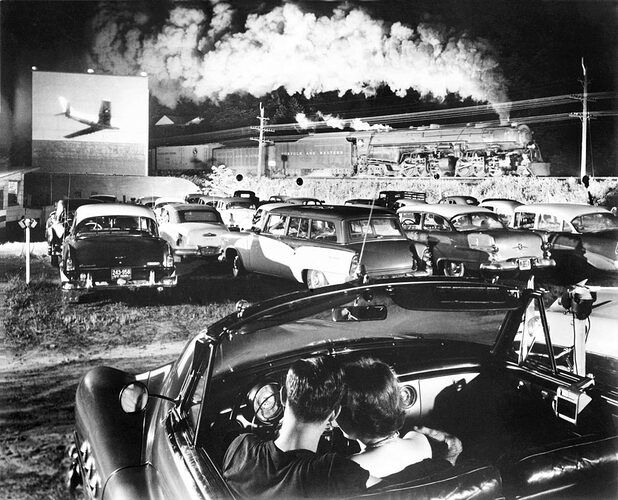
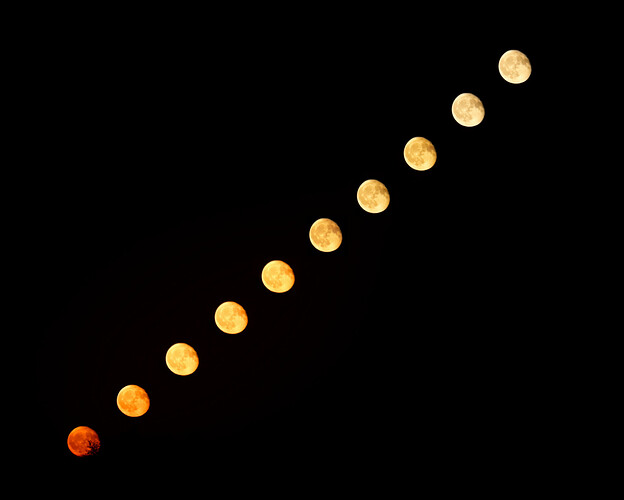
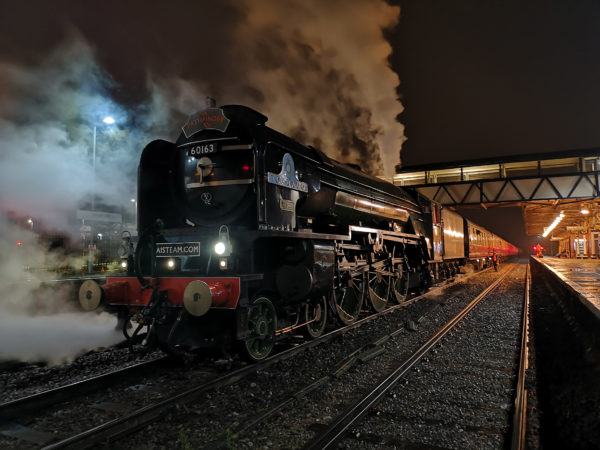
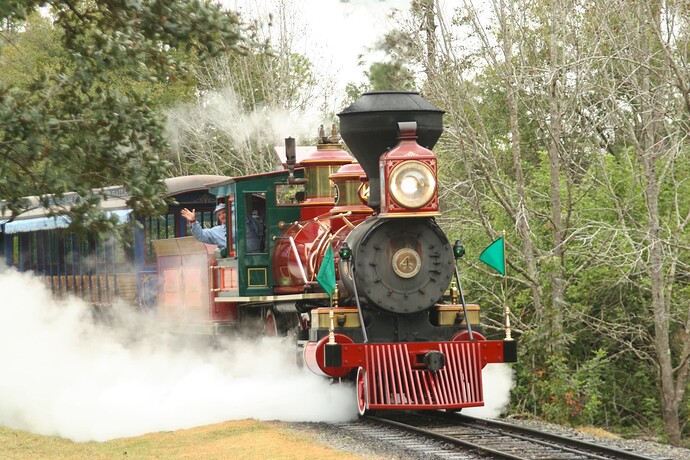

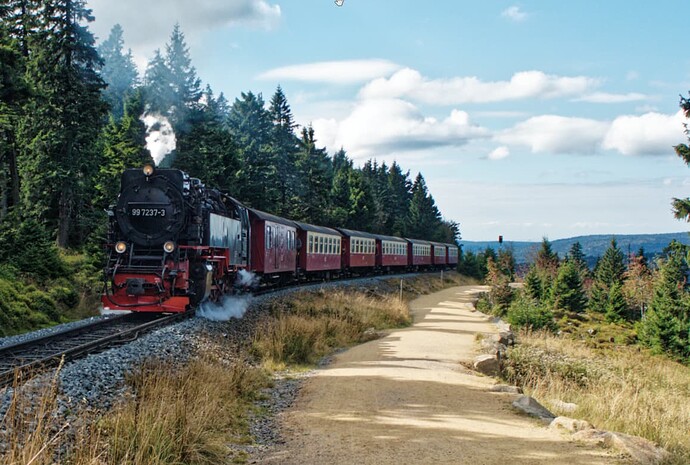
 , and I’m not so interested in trains. I Tok the photo only because I have been at this place, this time the train passes and I made a quick shot. And like you can see on the photo there are not so many possibilities to move the location
, and I’m not so interested in trains. I Tok the photo only because I have been at this place, this time the train passes and I made a quick shot. And like you can see on the photo there are not so many possibilities to move the location 


